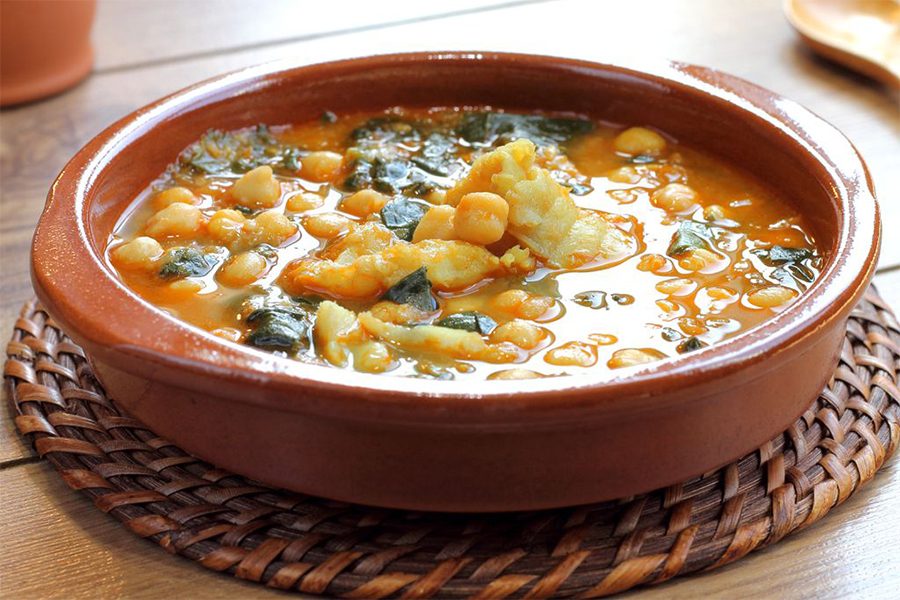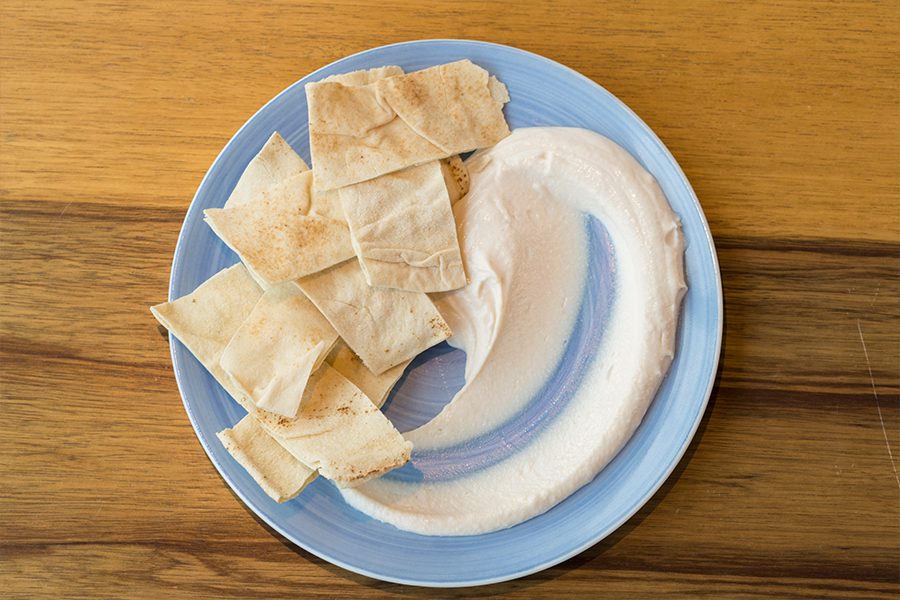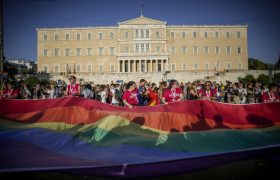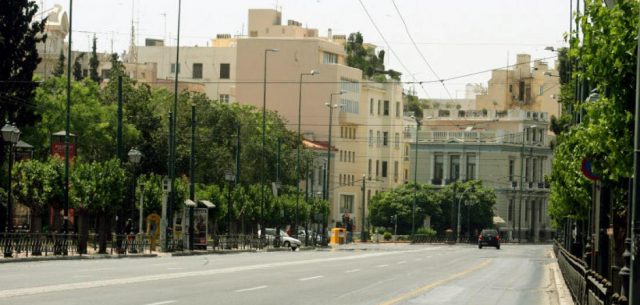A foodie’s Lenten glossary

With an array of Lenten treats on offer, the 40-day pre-Easter abstinence feels more like indulgence than penance. A quick Insider guide to learning Lenten terms and dos and don’ts
For Greeks, even fasting is all about food! In fact, Lent reflects the rich culinary repertoire of the country, relying heavily on seasonal veggies and the bounties of the ocean. Preceding the most important festival on the Greek Orthodox calendar, Lent traditionally extends between Tsihnopempti (Smoky Thursday), when all remaining meats were grilled up for one final night of gluttony, and midnight on Easter’s Holy Saturday, when a Pascal Lamb or kid was slaughtered and impaled on a spit above a slow fire for the morrow’s festivities while its entrails boiled into a soup (mageiritsa), eaten with dyed-red eggs after the Resurrection church service.
During the intervening 40 days, consumption of red meat, all meat by-products (cheese, milk, eggs) and fish with a backbone is strictly prohibited for practising Orthodox. Even olive oil and wine are rationed.
These days, only the very devout follow the full fast, but most Greeks will refrain from eating meat on Clean Monday and during Holy Week.
Nonetheless, the Lenten period heralds a cornucopia of tempting fresh salads, bean soups and stews, grilled shrimps and squid, steamed mussels, and rice and pasta dishes with seafood crowding onto the menus at restaurants and tavernas.

A few Lenten foodie terms and social customs worth knowing:
Apokries: In Greece, the carnival is a three-week festive period called ‘apokries,’that literally translates as ‘away from meat’. The first week is referred to as Profoni, when the Carnival is announced. Kreatini, the second week of Carnival is the meat-eating week. The meat-fest of Tsiknopempti, or “sputtering” Thursday, is so-called after the sizzling sound meat makes as it is grilled. Psihosavato, at the end of the second week is All-Soul’s Saturday, when kolyva, a dish made with boiled whole wheat kernels is offered at the graves of the dead. During the last week of Carnival, Tirini, traditionally, meat is almost never eaten. Instead, tables are laden with cheese and milk and eggs. The last festivities of the carnival period culminate on that last Sunday, Tyrofagis Kyriaki (or Cheese Sunday), just before the start of Lent. Usually the very last thing to be eaten is an egg, the first food with which the Lenten fast is broken 40 days later. Kathara Deftera or Clean Monday marks the beginning of Lent and the foods consumed on this day contain ‘no blood’. Instead salads, fresh and pickled vegetables, shellfish, octopus, squid and the traditional Lenten flatbread lagana bread are enjoyed. Halva is the traditional dessert and it is customary to fly kites on this day. Terms likely to appear scrawled across menus during this period, are Nistissima and Sarakosti, referring to Lent-friendly dishes that are meatless, eggless and devoid of dairy products.













